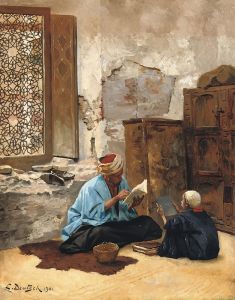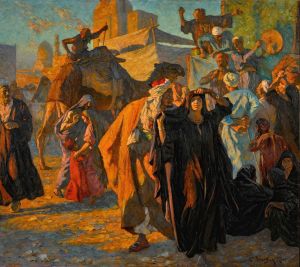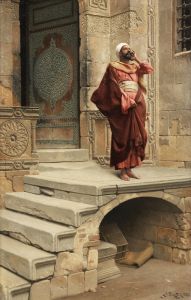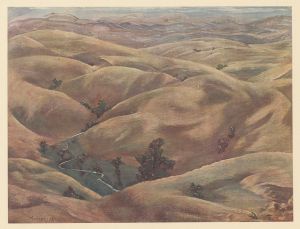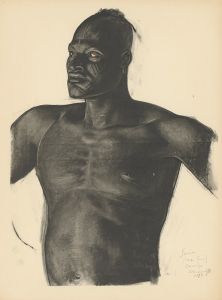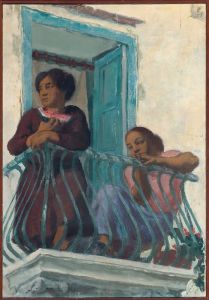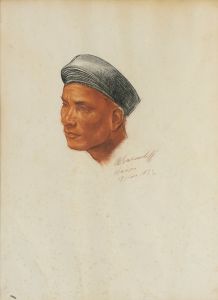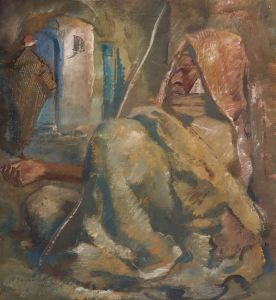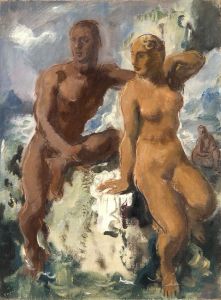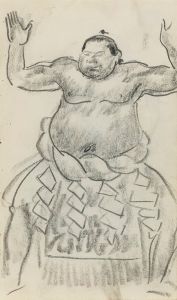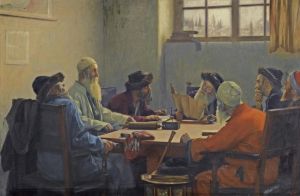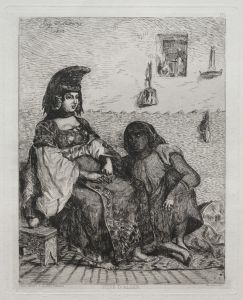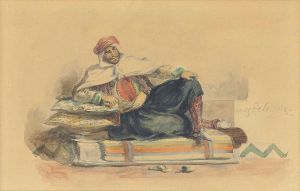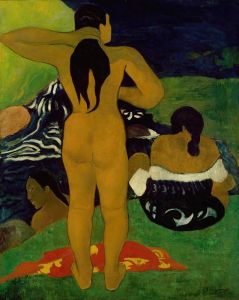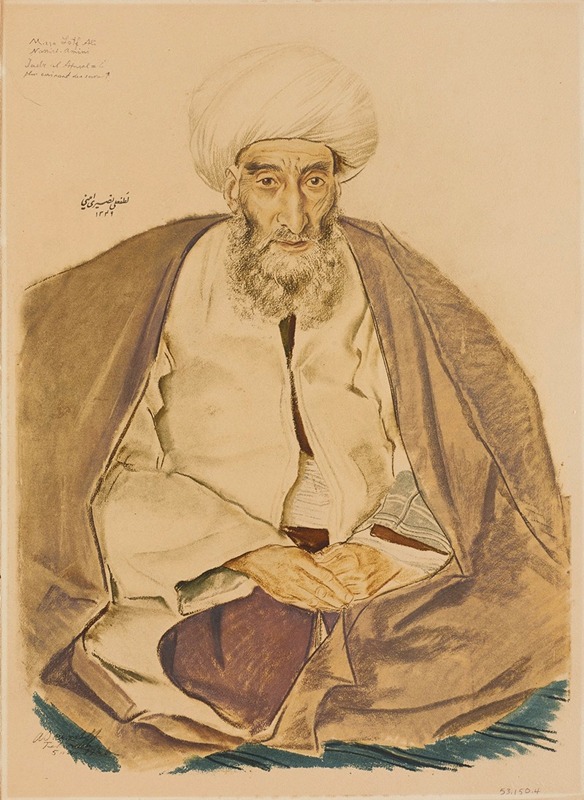
Mirza Lotf Ali, Lettre Persan, Teheran
A hand-painted replica of Alexandre Jacovleff’s masterpiece Mirza Lotf Ali, Lettre Persan, Teheran, meticulously crafted by professional artists to capture the true essence of the original. Each piece is created with museum-quality canvas and rare mineral pigments, carefully painted by experienced artists with delicate brushstrokes and rich, layered colors to perfectly recreate the texture of the original artwork. Unlike machine-printed reproductions, this hand-painted version brings the painting to life, infused with the artist’s emotions and skill in every stroke. Whether for personal collection or home decoration, it instantly elevates the artistic atmosphere of any space.
Alexandre Jacovleff, also known as Alexander Yevgenievich Yakovlev, was a Russian painter and graphic artist, renowned for his portraits and depictions of exotic cultures. Born in Saint Petersburg in 1887, Jacovleff was a prominent figure in the art world during the early 20th century. He was associated with the Mir Iskusstva (World of Art) movement and was known for his travels across Asia and Africa, which greatly influenced his artistic style and subject matter.
One of Jacovleff's notable works is "Mirza Lotf Ali, Lettre Persan, Teheran." This painting is part of his extensive body of work that captures the essence of the cultures he encountered during his travels. The title of the painting suggests a Persian theme, as "Mirza" is a title of nobility in Persian culture, and "Teheran" refers to the capital city of Iran. The inclusion of "Lettre Persan" in the title may indicate a connection to Persian literature or correspondence, possibly alluding to the famous "Lettres Persanes" by Montesquieu, although this is speculative without further context.
Jacovleff's work is characterized by his keen attention to detail and his ability to capture the personality and essence of his subjects. His portraits often reflect a deep understanding and respect for the cultures he depicted, and "Mirza Lotf Ali, Lettre Persan, Teheran" is likely no exception. The painting would have been created during or after Jacovleff's travels, which included a significant expedition with the Citroën Central Asia Expedition in the 1920s. This journey took him through various parts of Asia, including Iran, where he would have had the opportunity to immerse himself in Persian culture and art.
The painting itself, while not widely documented in available sources, would typically feature Jacovleff's signature style, which combines realism with a touch of romanticism. His use of color, light, and composition often brings a sense of vibrancy and life to his subjects, making them appear almost tangible to the viewer. Jacovleff's ability to convey the richness of the cultures he encountered is one of the reasons his work remains appreciated by art enthusiasts and historians alike.
Unfortunately, specific details about "Mirza Lotf Ali, Lettre Persan, Teheran" are scarce, and without access to the painting or detailed descriptions, it is challenging to provide a comprehensive analysis of its content or significance. However, it can be assumed that, like many of Jacovleff's works, it serves as a valuable cultural document, offering insights into the people and places he encountered during his travels.
In summary, Alexandre Jacovleff's "Mirza Lotf Ali, Lettre Persan, Teheran" is a testament to his skill as a portrait artist and his dedication to capturing the diverse cultures of the world. While specific information about this painting is limited, it undoubtedly reflects the artist's passion for exploration and his ability to translate his experiences into compelling visual narratives.





